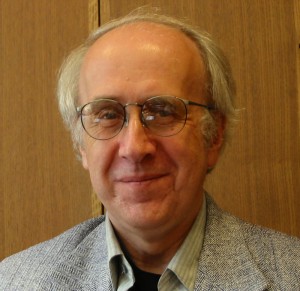What If No Electrical Grid?
A. Michael Noll
December 8, 2015
© 2015 AMN
Alternative futures are sometimes enlightening to contemplate. Thus the need to ask the question “What if?” The specific question to be asked is “What if today’s electrical grid did not exist – it was never invented or implemented?”
The alternating current (AC) system (pioneered by Tesla, Westinghouse, and Edison a century ago) was based on a centralized power plant with electrical power then distributed by wires over distances to homes and businesses.
Suppose this system was never invented or implemented. Suppose a button was pushed and all the electrical wires running down streets on poles all disappeared. Suppose then that an inventor appeared proposing a system with the need to run cables across the country with electrical distribution wires running down every street in the country. The cost of wiring the entire country would be staggering — the proposal would be considered absurd. Yet that is the system that exists today.
But if we did not have an electrical distribution grid, how then would homes and businesses obtain electricity? Clearly each home and business would need its own source of electrical power. The electricity would need to be generated from solar energy, geothermal energy, biological sources, or other efficient local means. Each home and business would be self-sufficient – there would be no wires running down streets – no electrical distribution grid across the country.
Energy independence is more than just domestic sources of energy. It should also include decentralization from the centralized system invented decades ago by Edison, Tesla, and Westinghouse. They simply did not have the right technology a century ago for such local generation, and we are today stuck with the past – with its inherent inefficacies.




